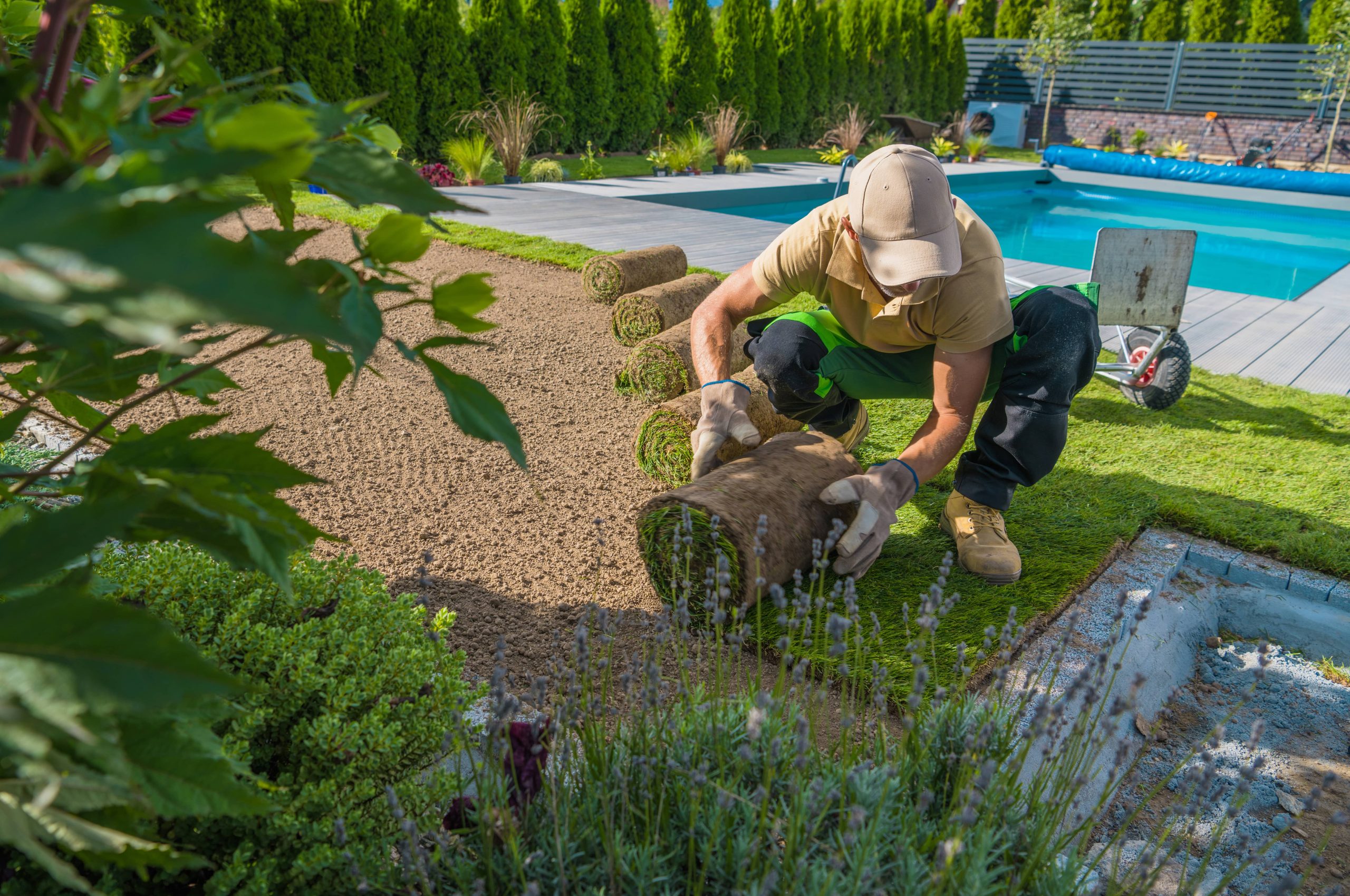
In today’s fast-paced world, there’s an increasing desire to bring nature into our homes. One of the simplest yet most rewarding ways to do this is by starting your own herb garden. Not only do herb gardens provide fresh, aromatic flavors to spice up your meals, but they also offer numerous health benefits and an immensely satisfying gardening experience.
Why Start an Herb Garden?
Freshness and Flavor: Imagine reaching out to your kitchen windowsill or stepping into your backyard and picking fresh basil for your pasta or mint for your mojito. The flavor and aroma of freshly picked herbs are far superior to store-bought ones.
Cost-Effective: Purchasing herbs from the supermarket can be costly, especially organic ones. By growing your own, you can save money while ensuring a pesticide-free supply.
Health Benefits: Herbs are packed with nutrients and antioxidants. For example, basil has anti-inflammatory properties, while rosemary is known to improve concentration and digestion.
Aesthetic and Therapeutic: Herb gardens can transform any space, adding a touch of green. Moreover, gardening is a therapeutic activity that reduces stress and promotes mental well-being.
Choosing Your Herbs
Selecting the right herbs is crucial. Not only should you consider the culinary needs, but also the climate and conditions of your garden.
1. Basil: Perfect for Mediterranean dishes, basil thrives in warm, sunny environments. It’s ideal for summer and requires regular watering.
2. Mint: A hardy perennial, mint grows well in partial shade and spreads quickly. It’s perfect for teas and desserts but is best grown in containers to prevent it from overtaking other plants.
3. Thyme: This versatile herb with its earthy flavor works well in both savory and sweet dishes. It’s tolerant of dry conditions once established.
4. Rosemary: Known for its aromatic, needle-like leaves, rosemary prefers full sun and well-drained soil. It’s also a perennial, providing greenery throughout the year in warmer climates.
5. Parsley: Often underrated, parsley is rich in vitamins K, C, and A. It grows well in both full sun and partial shade.
6. Cilantro: This herb offers fresh, citrusy leaves best used in Mexican and Asian cuisines. It thrives in cooler weather and needs regular watering.
7. Chives: With their mild onion flavor, chives are excellent for salads and soups. They are low-maintenance and can tolerate a range of conditions, but they do best in full sun.
Setting Up Your Herb Garden
Location, Location, Location: Choose a spot that receives at least 6 hours of sunlight daily. For those without a backyard, a windowsill, balcony, or even an indoor gardening system with grow lights can work wonders.
Soil and Drainage: Herbs require well-draining soil. If you’re planting in pots, ensure they have drainage holes. A mix of potting soil and sand or perlite can improve drainage.
Planting: Whether you’re starting from seeds or seedlings, follow the spacing instructions specific to each herb. Overcrowding can hinder growth and air circulation.
Watering and Fertilizing: Most herbs prefer moderate watering—neither too dry nor too wet. It’s better to water deeply but infrequently. Using a balanced, all-purpose fertilizer every few weeks can boost growth.
Protection from Pests: Use organic methods to keep pests at bay. For example, occasionally spraying diluted neem oil can deter harmful insects. Ladybugs and praying mantises are also excellent natural pest controllers.
Caring for and Harvesting Your Herbs
Monitoring your herbs daily can help you catch any issues early. Trim the herbs regularly to encourage bushier growth and prevent them from flowering, which can alter the flavor.
The best time to harvest is in the morning after the dew has dried but before the sun is fully up. The essential oils, which contribute to the aromatic and flavor properties, are highest during this time.
Use clean scissors or pruning shears to cut the herbs. For basil, mint, or cilantro, cut just above a leaf pair, ensuring you leave some foliage for continued growth. For rosemary and thyme, trim off the top few inches.
Storing Your Fresh Herbs
Once harvested, fresh herbs can be stored in different ways:
– Short-term: Place stems in a glass of water, just like cut flowers. For longer storage, wrap them in a damp paper towel and place in a plastic bag in the refrigerator.
– Long-term: Freezing and drying are excellent methods for preserving herbs. For freezing, chop the herbs and place them in ice cube trays with a little water. Once frozen, transfer to a freezer bag. To dry herbs, hang them upside down in a cool, dry place, then store in airtight containers.
Conclusion
Starting an herb garden is more than just cultivating plants; it’s about nurturing a lifestyle. It’s a journey from seed to plate that enriches not just your meals but also your connection to the earth. Whether you’re an amateur gardener or an experienced green thumb, growing herbs can be a fulfilling experience that brings fresh flavors and a touch of nature directly into your home. So why wait? Grab a trowel, a packet of seeds, and let your herb gardening adventure begin!







